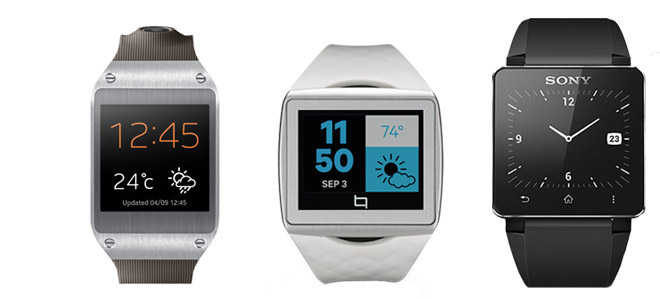A fellow comm 101 student Rory Court has recently brought the ‘one-for-one’ business model to a new light. In his most recent post, he asks a simple question, “How does the ‘one-for-one’ model affect us at home?” This question brings up another major flaw with current society, and that is the overpowering popularity of wanting to help those beyond the borders rather than those that are within them.
As mentioned in Rory’s post, “it is much too cold to be spending the entire winter outside [in Winnipeg]” thus it would seem like a firm that could provide help for the locals would gain significantly more popularity. But alas the consumer mind does not work in that way. Homelessness and other domestic issues, although more relatable and prominent to consumers, are not issues locals are attracted to deal with.
There is a common misconception that domestic issues have to be dealt with by the local government, rather that an individual or firm. A confusing misconception considering that the fundamental ideologies of many consumerist societies is capitalism. So if the government can’t or won’t deal with domestic issues that are progressively blooming, nor firms. Then really it is all in the hands of the ones with the money, the consumer.
So the key point that should be derived from this discussion is that: firms are not in the wrong for trying to be a social enterprise. As well as being charitable, many firms have to put profit in amongst their main priorities, and unless the consumer agrees with their cause firms will not focus on domestic issues.
References:





